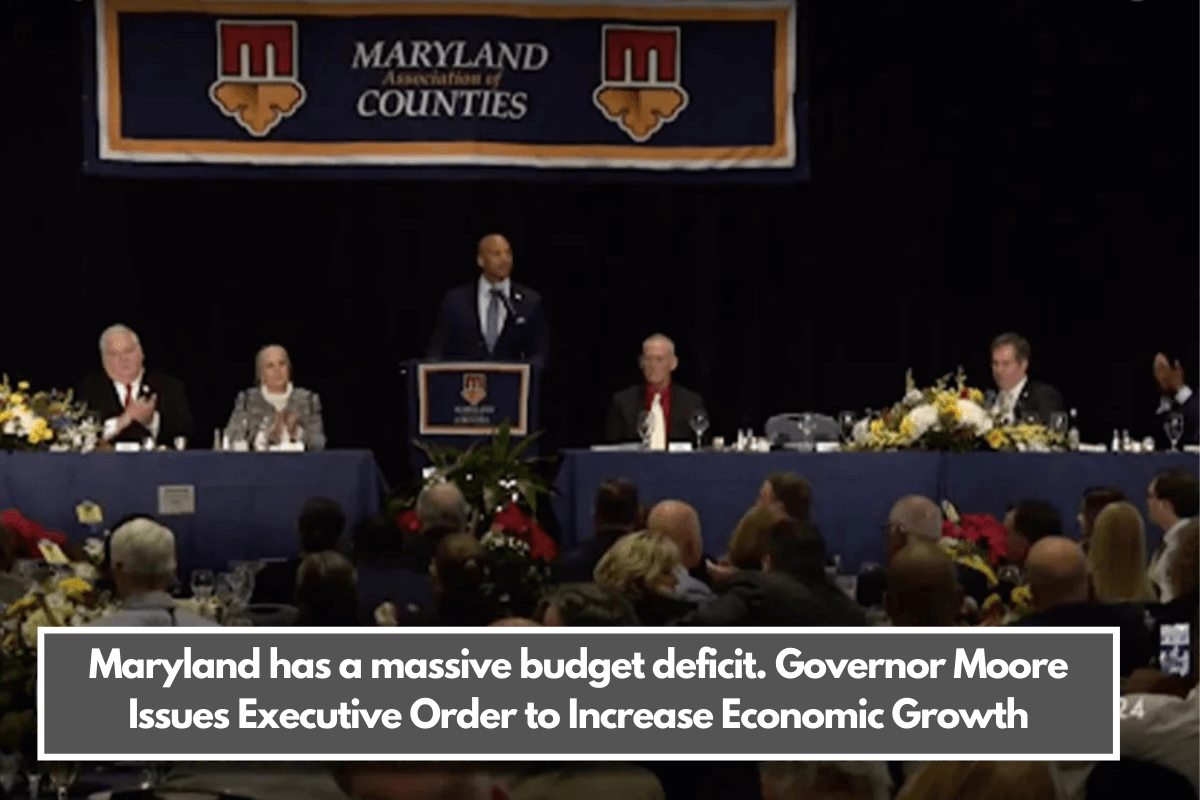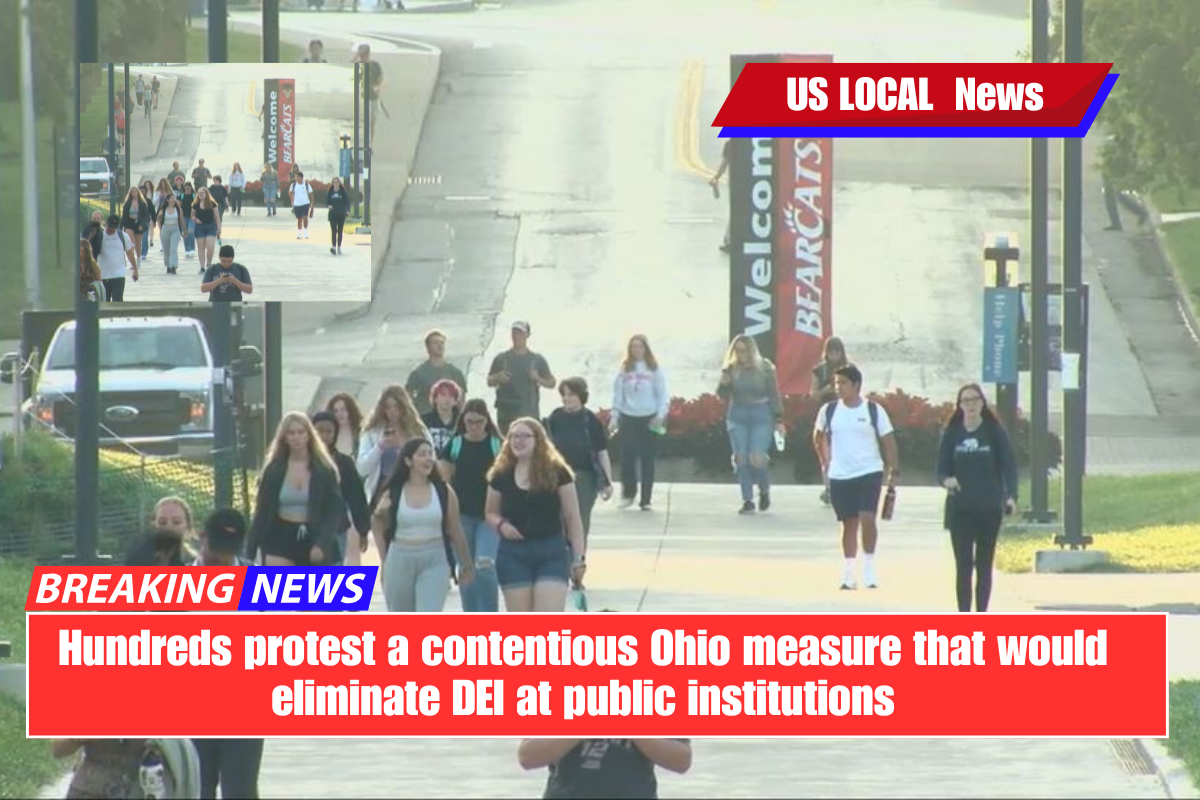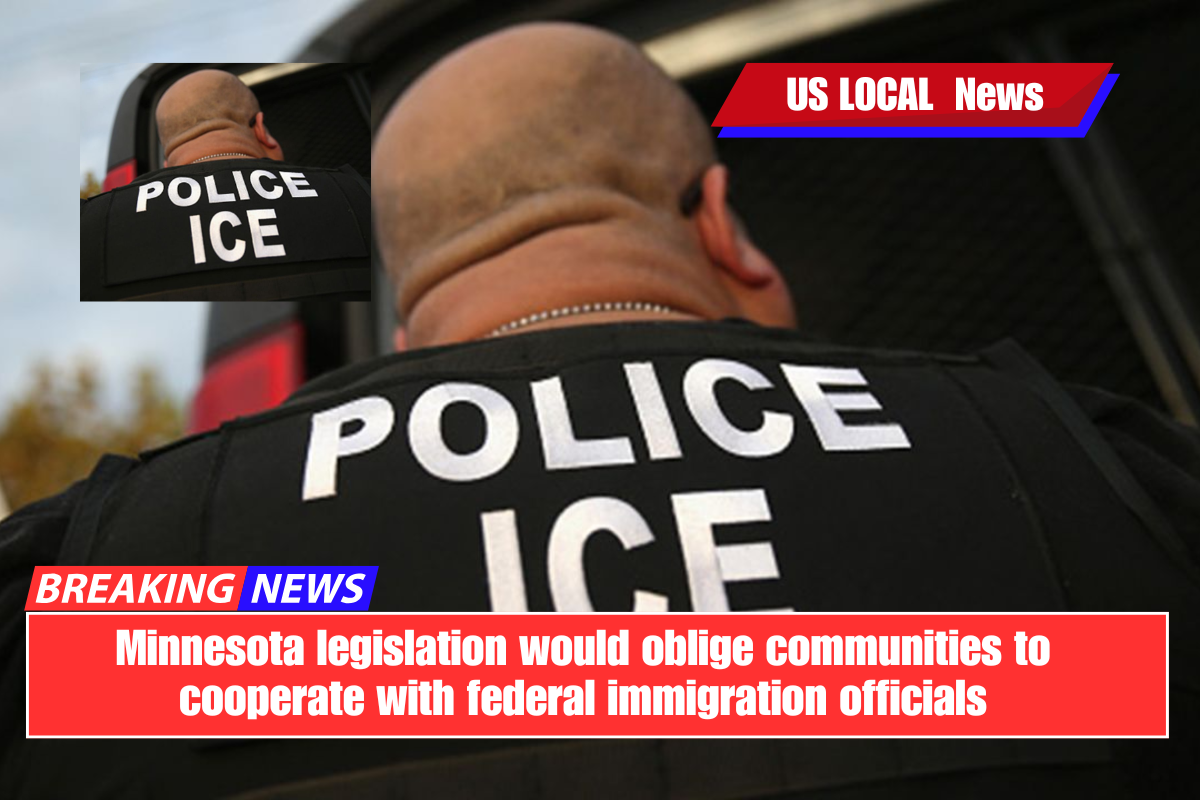Maryland Gov. Wes Moore announced in an address to the Maryland Association of Counties on December 12, 2024, that the state will face a $2.7 billion budget deficit in the fiscal year 2025.
“We in this state face a historic budget crisis, the likes of one we have not seen in decades,” Moore told the crowd. “We inherited high budgets, slow growth, and a structural deficit. From 2017 to 2022, the national economy expanded by 11%. Maryland’s economy expanded by 3%. He also mentioned that Maryland’s spending budget increased by 70% during that time period.
This is not new information; financial analysts have predicted this budget deficit since 2017, and it has been a source of intense debate in both chambers of the Maryland legislature for several years. However, no agreement has been reached on how to address the growing budget deficit.
Maryland House leaders attempted and failed to pass legislation in March that included $1.3 billion in revenue from tax, fee, and toll increases, as well as the legalization of online gambling, due to opposition in the Maryland Senate.
Moore attempted to provide some relief through budget adjustments, but the revenue generated by those adjustments was used to fund the state’s Medicaid program rather than to reduce the overall debt.
In response to previous failures, Moore issued an executive order to combat Maryland’s sluggish economy. The order consists of three primary parts:
- Moore described the current permitting process: as “arbitrary, miserly, and foolish.” He proposed streamlining it. A Permitting Review Council, consisting of state departments such as Agriculture, Commerce, and Environment, will be established to improve interdepartmental communication, establish eligibility criteria, and coordinate project plans.
- Funding Growth Sectors: Maryland will receive targeted funding for workforce sectors with high growth potential, such as information technology, aerospace and defense, and life sciences. Moore cited successful efforts in Massachusetts and Kentucky with biomedical technology and E/V batteries, respectively.
- Improved Coordination with Local Governments: The state intends to strengthen partnerships with local governments in order to better address common economic challenges.
The executive order was officially issued on December 20, and the entire document can be found here.
While the executive order represents a break in what was previously a legislative deadlock, Moore admitted during his speech that it contains no “quick fixes.”
“We rank consistently low on measurements of affordability and wages, population size, and employment,” Moore informed us. “The fiscal challenges we face, which have been building for nearly a decade, cannot be addressed in less than two years. … Now is the time to make tough decisions.”
The budget deficit is expected to grow in the coming years. The question now is whether Maryland’s economic growth will be sufficient to balance it out.





















